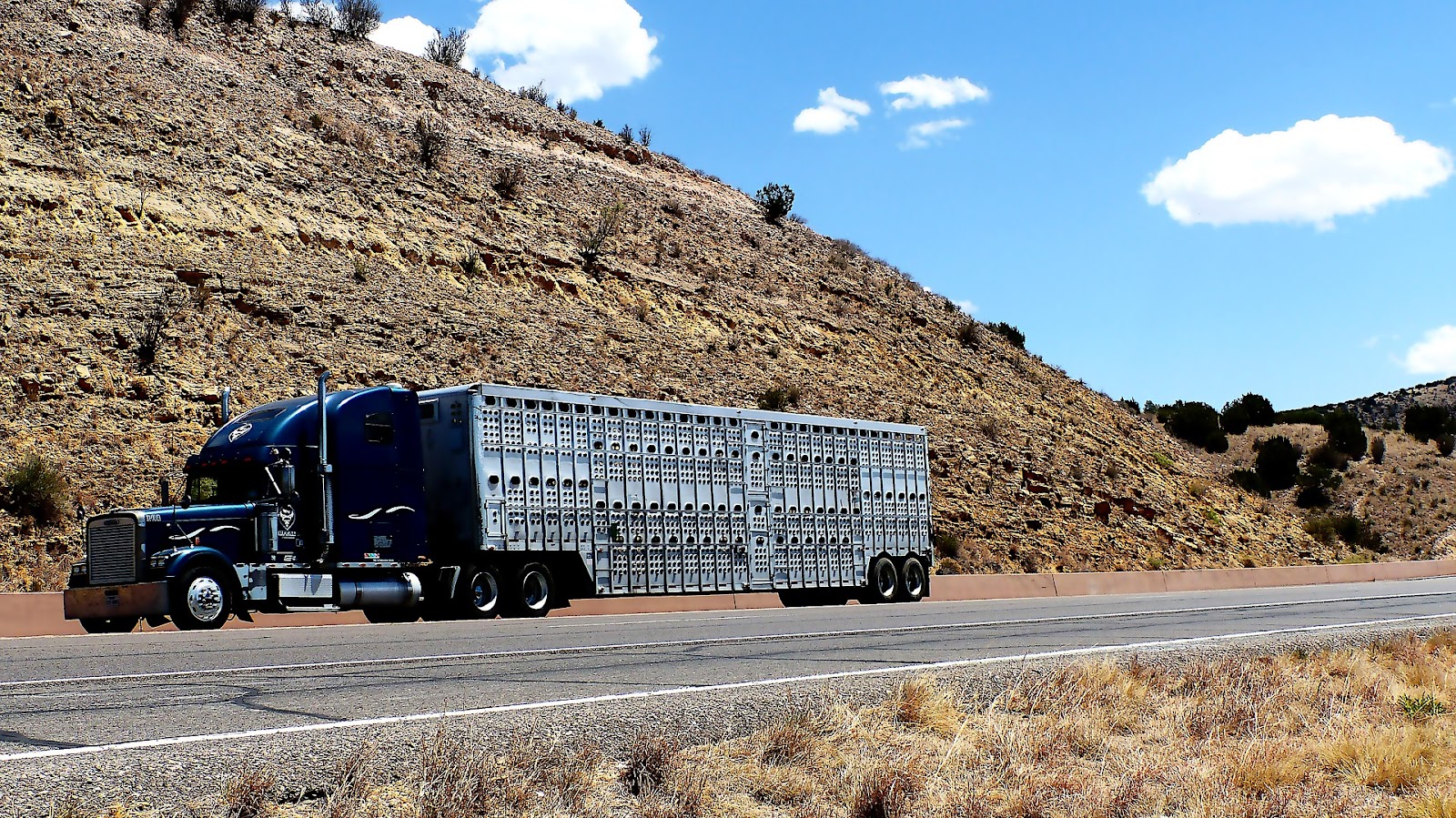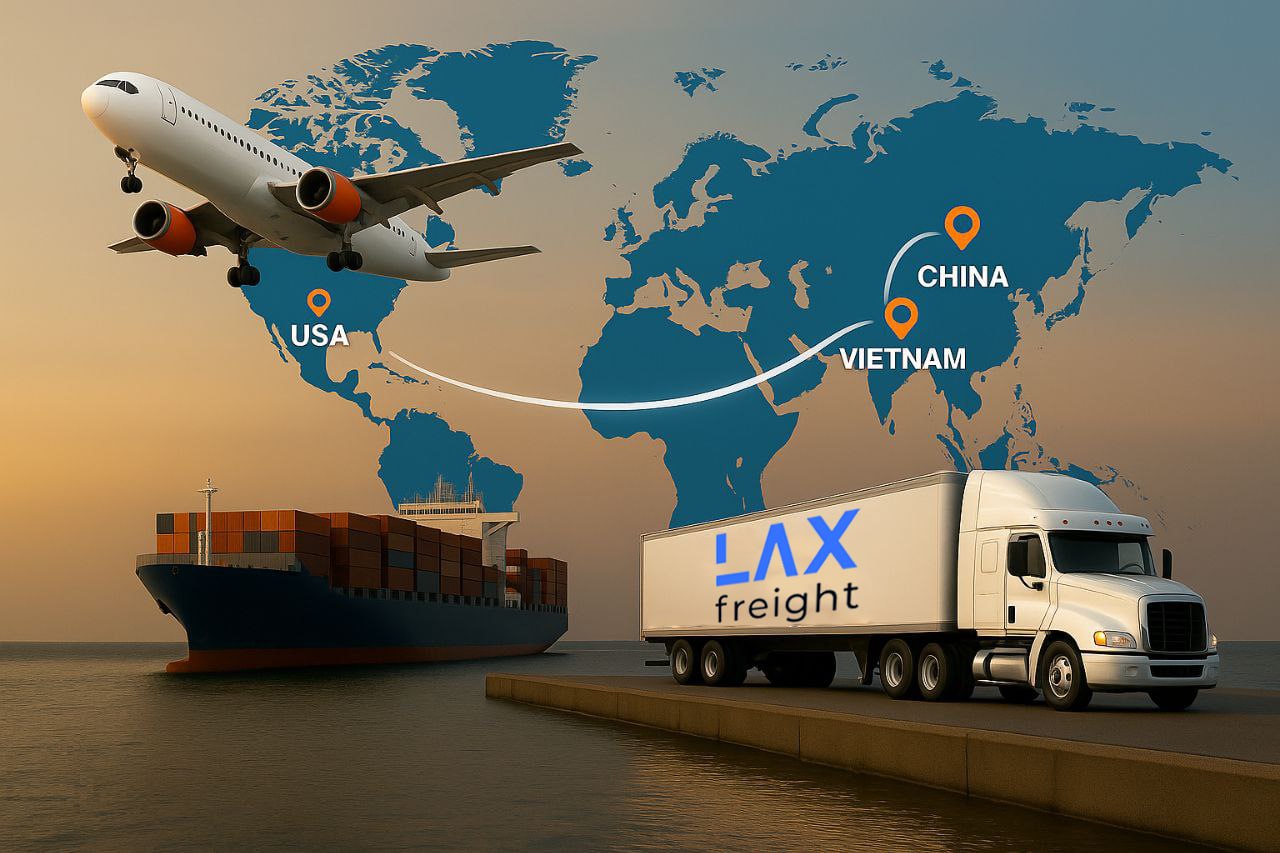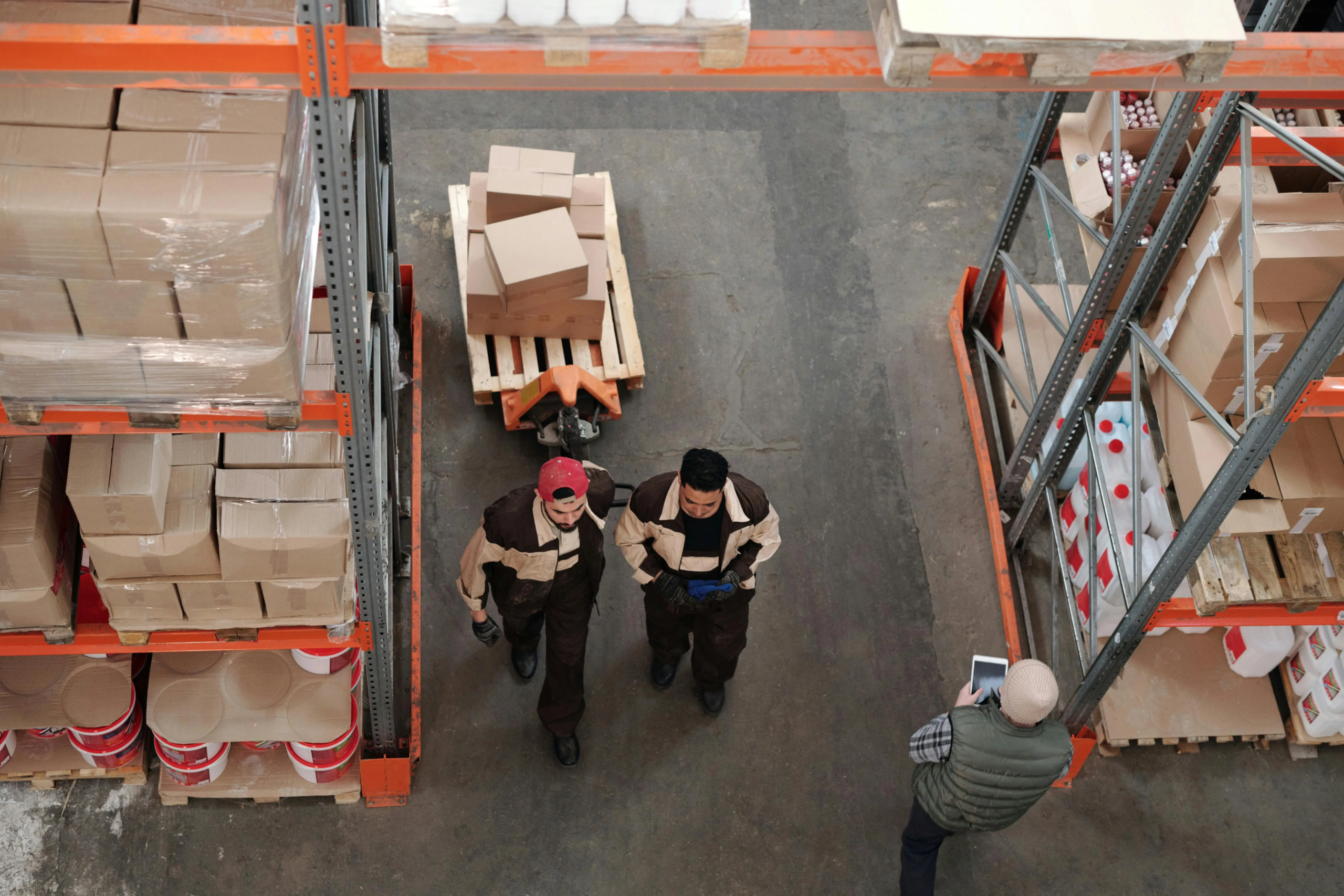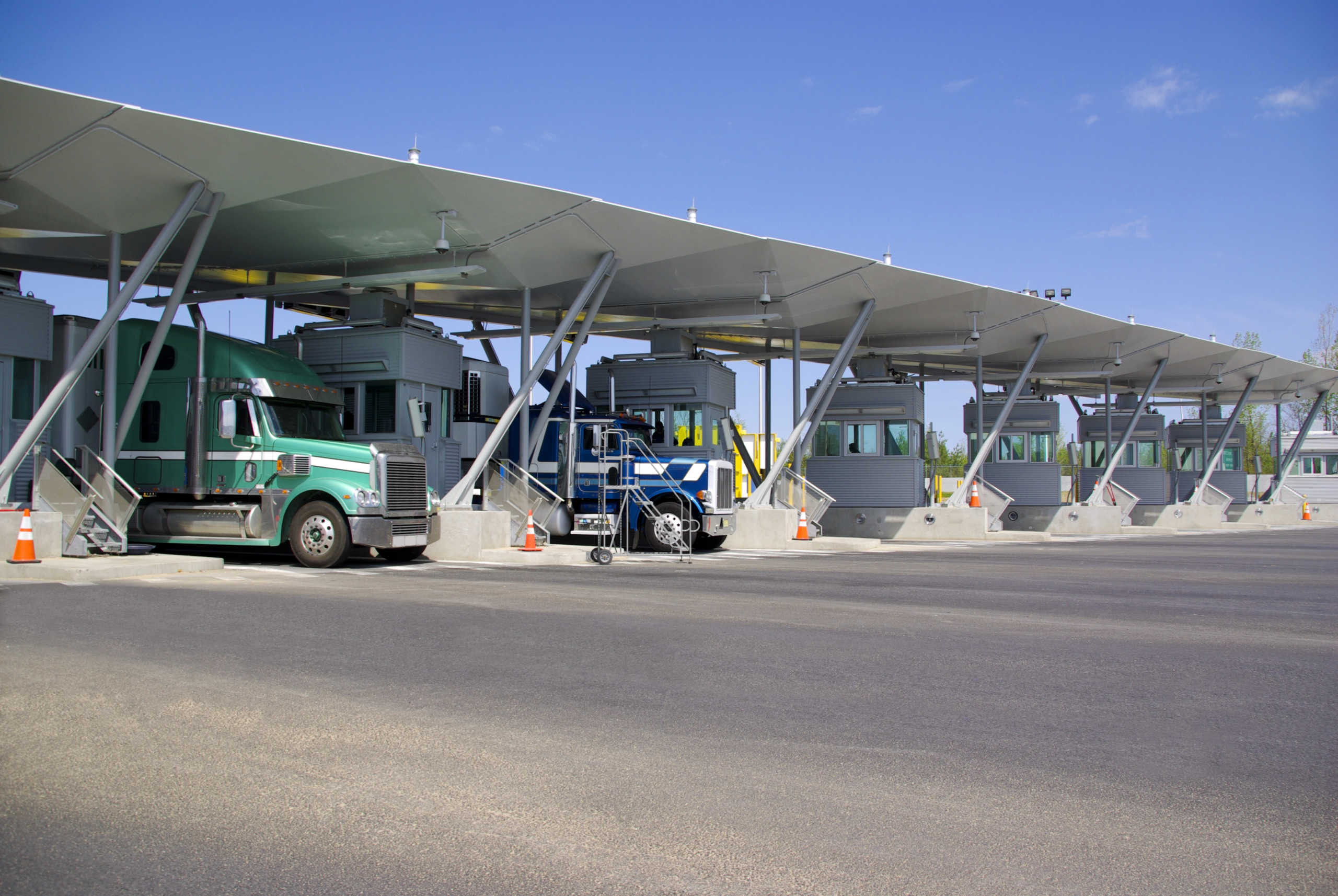The food supply chain is a critical process in today’s globalized economy. This acts as the backbone of the processing and transportation of food products. From the production, the supply chain in food industry monitors all processes till the delivery to the final destination. This includes a range of steps, such as production processing, packaging, transportation, distribution, and retail.
Effective supply chain management in the food industry is important to navigate the related complexities and challenges. This includes strategic decisions and actions aimed at streamlining processes, reducing costs, and meeting regulatory standards. With increased demand for transparency and quality, businesses must manage their food supply chains.
The article delves into the food supply chain’s key stages, the related challenges, and the importance of innovative technologies. With an understanding of these elements, you can ensure your position in the market, meeting the growing demand.
What is a Food Supply chain?
A food supply chain is a comprehensive process. It tracks food items from their origin to the destination point. The supply chain in food industry includes such stages as production, processing, packaging, transportation, distribution, and retail. Each of them is crucial for ensuring safe and smooth delivery.
One of the key aspects is maintaining food quality. This requires constant monitoring and control measures during every step of the supply chain. In addition, supply chain management in food industry often includes the use of temperature-controlled environments to preserve perishable goods like dairy or meat. Supply chain management is the backbone of any logistics. This involves a range of actions and decisions that streamline operations, reduce costs, and ensure that food products meet regulatory standards.
The food supply chain is a complex system that requires thorough management. This helps ensure that all products are of the needed quality, safely delivered, and compliant with regulatory requirements.
Key Stages in the Food Supply Chain
The food supply chain involves various stages that maintain the quality and safety of the products during transportation. Effective supply chain management in the food industry helps optimize all process stages, reduce waste, and ensure efficient and timely delivery to the final destination.
Production
The first stage of any supply chain is the production of the goods. This stage can involve crop cultivation, livestock raising, or seafood harvesting. The quality of raw materials is foundational to the overall success. Usually, it requires the use of sustainable practices, organic fertilizers, and responsible farming.
Production is carefully monitored to ensure compliance with specific quality standards. Efficient production practices improve yield and enhance the overall sustainability of the food supply chain. This stage also requires managing factors such as weather conditions, soil quality, and water resources.
Processing and packaging
Once food is harvested or produced, it moves to this stage. This refers to the preparation of raw materials for consumption or further distribution. For example, it may include wheat milling into flour or pasteurizing and bottling milk. Food supply chain management ensures compliance with stringent safety and quality industries.
Packaging serves several functions in this industry. In particular, it protects the products during transportation and storage, extends shelf life, and provides consumers with important information, including ingredients or expiration dates.
Transportation
As the products are prepared and packed, they must be transported to distribution points. This refers to food logistics, including planning and executing the shipping from processing facilities to warehouses, distribution centers, or consumers. The efficiency of this stage is essential for ensuring timely delivery and optimal condition of the goods.
For perishable items, this stage involves cold chain logistics. The foresees the use of refrigerated trucks and storage facilities that allow maintaining the specific temperature. this prevents spoilage, preserves product value, and ensures safe consumption.
Distribution
This is the stage where food products are allocated and delivered to destination points. Distribution channels can vary based on the nature of the goods and the target market. This stage required thoughtful coordination to meet demand, minimize waste, and optimize costs. Businesses can use advanced technologies such as demand forecasting and inventory management systems.
Retail and consumption
The final stage of the food supply chain is retail and consumption. Food products are displayed or sold to consumers through different channels. The success of this stage depends on the effectiveness of the previous ones.
Challenges in Food Supply Chain Management
Managing a supply chain in food industry is a complex process with a range of challenges and risks. They can impact the efficiency, safety, and supply chain sustainability. Effective supply chain management in the food industry requires overcoming these obstacles to adhere to quality and safety standards.
Perishability of products
One of the major challenges is the perishability of food products. They have a limited shelf life and are sensitive to environmental conditions like light, temperature, and humidity. Businesses often rely on cold chain logistics to preserve the quality of perishable items. However, cold chain logistics can present difficulty.
In particular, undeveloped infrastructure or long transportation routes challenge consistent temperature control. Any breach can lead to spoilage and financial losses. The cold chain must also be constantly monitored and maintained through processing, transportation, and storage.
Regulatory compliance
Adherence to the industry requirements is another significant challenge in supply chain management in food industry. Food safety regulations vary widely across different jurisdictions, covering production methods, ingredient labeling, and packaging and distribution practices. Compliance with standards ensures that food products are safe for consumption.
Businesses must comply with constantly changing regulations. The penalties for violations usually include fines, product recalls, and damage to a company’s reputation.
Supply chain disruptions
Various factors, such as natural disasters, severe weather conditions, transportation delays, or labor shortages, can lead to disruptions in the food supply chain.
They can have a ripple effect, leading to delays in production, processing, and distribution. To mitigate the impact of these disruptions, businesses should launch resilient supply chains. This can include supplier diversification, investment in technologies, and developing comprehensive strategies.
Food safety and quality control
Another critical task is ensuring food safety and maintaining standards of quality. Contamination can occur during any stage of the supply chain, from the initial production to the final delivery. Even a single non-compliance to safety standards or disruption can result in foodborne illnesses, recalls, and a loss of consumer trust.
To mitigate these risks, businesses must implement food safety systems, such as Hazard Analysis Critical Control Points (HACCP). This helps identify potential hazards and establishes control measures. Maintaining quality and safety requires continuous monitoring.
Demand forecasting and inventory management
Precise demand forecasting requires careful consideration of such factors as seasonal variations, market trends, and unexpected issues. Inventory management can help avoid overstocking and stockouts.
The Role of Technology in Food Supply Chain Management
Technologies can significantly simplify food supply chain processes, increasing efficiency, transparency, and resilience. With the integration of advanced technological solutions, businesses can streamline their supply operations, reduce waste, and ensure the safety and quality of their products.
It often can be a necessity for companies who want to stay competitive. Such solutions as data analytics, IoT technologies, and traceability systems can provide smarter decision-making, better control over the supply chain, and higher transparency.
Data Analytics and Predictive Insights
Data analytics is an important tool for supply chain management in food industry. These technologies simplify the analysis of the vast amount of data at every stage of the supply chain, enabling opportunities for more informed decisions. This data-driven approach allows companies to make smarter decisions and enhance overall efficiency and profitability.
Predictive analytics is one of its most useful applications in the food supply chain. this solution allows us to forecast demand, optimize inventory management, and anticipate potential disruptions.
For example, analysis of sales data, weather patterns, and market trends can provide insights into which products will be in higher demand during certain seasons. This helps plan production, allocate resources, and reduce the risks of overstocking or stockouts. Moreover, predictive analytics also identifies potential hazards and disruptions. For example, with equipment performance data, companies can predict possible failure of equipment and schedule maintenance activities. Monitoring of transportation data also helps avoid delays during delivery.
IoT and Real-Time Monitoring
The Internet of Things (IoT) revolutionizes the management of supply chains, enabling real-time tracking of products and processes. these devices, such as sensors and smart tags, can track the location, temperature, humidity, and other conditions of the load during transportation or storage.
This monitoring is critical for managing Cold chain Logistics, where temperature control is required for food items preservation. In particular, sensors placed inside refrigerated trucks can monitor the temperature and alert the supply chain manager if the temperature deviates.
In addition to temperature control, IoT devices can track the location of shipments and provide updates on the delivery status. IoT also ensures more accurate tracking, reducing lost or misplacing. Furthermore, the data from IoT can help identify patterns and trends, leading to improvements.
Traceability Systems
Traceability systems are a crucial tool for effective food supply chain management. Advanced systems allow tracking of the whole delivery process, from the origin of the product to the final destination. This is important for identifying and addressing potential issues, such as contamination, recalls, or fraud.
In particular, if a load is identified to be contaminated, a traceability system can help identify the source and affected products. It also provides consumers with transparent information on where their food comes from, how it was produced, and whether it meets certain standards.
Traceability also helps meet regular requirements. These systems provide detailed records of every step in the supply chain. Regulatory authorities can use these records to ensure compliance with safety standards.
Best Practices for Managing a Food Supply Chain
Effective management of a supply chain in food industry requires a strategic approach, which includes facing the unique challenges of the industry. By implementing comprehensive strategies, businesses can ensure their operations’ safety, quality, and efficiency.
- Implement robust safety protocols. Food safety is essential for this industry, requiring high standards of compliance. Businesses must implement such protocols as Hazard Analysis Critical Control Points (HACCP). This involves identifying potential hazards and establishing control measures. Regular audits, employee training, and continuous monitoring are vital as well.
- Leverage innovative technologies. Technology can provide increased visibility and transparency of the food supply chain. innovative solutions, such as IoT and real-time monitoring, provide data on the location, temperature, and condition of food products. Traceability systems also ensure monitoring of the delivery processes, ensuring quickly identification and addressing of any potential hazards.
- Foster strong relationships. Maintaining relationships with suppliers is an important aspect. Reliable suppliers ensure consistent quality and availability of needed products. Regular communication, clear expectations, and mutual trust are essential for this.
- Optimize inventory management. Effective inventory management is crucial to avoid stockouts or overstocking. For this, businesses can use data analytics and predictive insights. They also help forecast demand and optimize inventory levels. Regular reviews and adjustments of your practices are also essential to adapt to market conditions.
- Ensure and maintain regulatory compliance. Compliance with the industry standards is obligatory. Businesses must be aware of the latest rules to avoid penalties and protect their reputation. Compliance involves adherence to food safety standards, labeling rules, and import-export regulations.
- Develop emergency plans. Logistics can involve facing different challenges and disruptions. They can lead to delays, increased costs, and potential shortages. Developing emergency plans is essential for risk management. This can include diversifying suppliers and planning alternative transportation routes. With emergency plans, businesses can respond promptly and effectively.
- Invest in employee training. Well-trained employees can help you reach success. Investing in regular training and innovations ensures that employees are aware of safety protocols, regulatory requirements, and best practices.
Conclusion
It requires a strategic and well-coordinated approach to ensure smooth operations. From the initial production stages to the final retail point, each step must be managed to maintain the integrity, quality, and safety of food products.
The challenges involved in the process, such as regulatory compliance, the perishability of goods, and potential supply chain disruptions, underscore the complexity of the process.
However, the right strategies and tools can help effectively manage these challenges. Businesses can integrate such technologies as data analytics, IoT, and traceability systems. These solutions provide real-time insights, improve efficiency, and enhance the ability to address potential disruptions.
LAX Freight is ready to ensure smooth operations of your food supply chain. Our food transportation services aim to maintain the highest standards of quality, safety, and efficiency during transportation. Don’t worry about the safety or quality of your food products, and LAX Freight get your back in this.
Take action today to secure and enhance your food supply chain with us.



